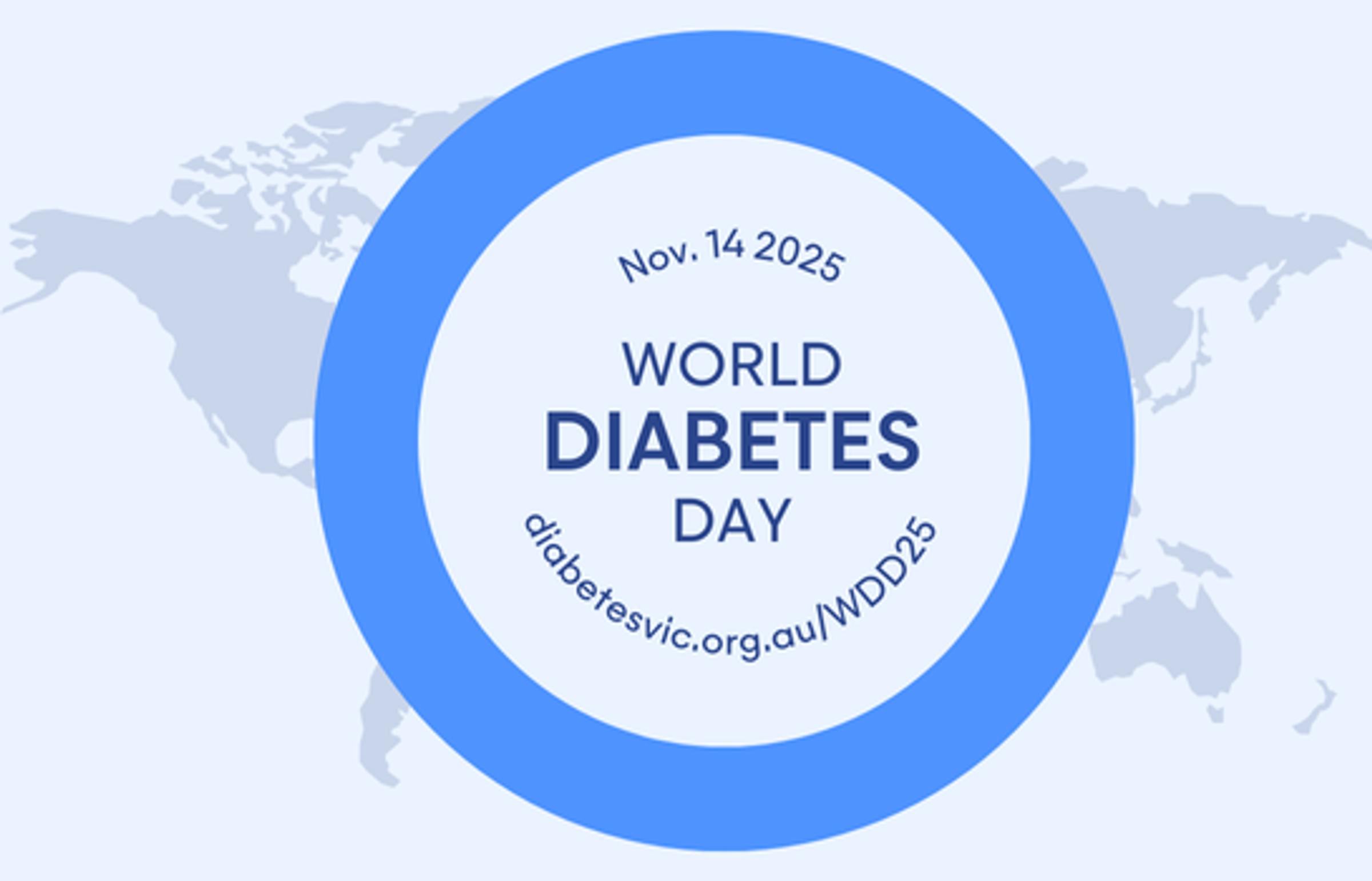First Aid

WORLD DIABETES DAY: 14TH NOVEMBER 2025
WHAT IS DIABETES?
Diabetes happens when the glucose in your blood stays high. Everybody has glucose in their blood. It’s in the food we eat. Food provides energy and glucose for our muscles, organs and brain to work, think and play.
When you have diabetes, the glucose needs help to move out of your blood and into the cells of your body (those found in your muscles, organs and brain). For the glucose to get into your cells, it needs insulin. Insulin is made in an organ called the pancreas. People with diabetes either cannot make insulin or the insulin made does not work properly. Insulin is like a key. It ‘unlocks’ the doors of your cells, allowing glucose to get in. Glucose gives your cells the energy they need to do their job.
TYPES OF DIABETES
There are different types of diabetes. The main types are type 1 and type 2 diabetes.
Type 1 diabetes
Type 1 diabetes is an autoimmune condition with no known cause or cure. If you have type 1 diabetes, your pancreas is not making the insulin your body needs.
People with type 1 diabetes can do everything other people can do, but they also have to do a few extra things like check their blood glucose levels, take insulin and count carbohydrates in their food.
Type 2 diabetes
If you have type 2 diabetes it means your pancreas is not making enough insulin or the insulin it is making is not working properly.
Generally, you can manage type 2 diabetes by eating healthy foods and being active. Sometimes medications like tablets or insulin may also be needed.
SYMPTOMS
In type 1 diabetes, symptoms are often sudden and can be life-threatening.
In type 2 diabetes, many people have no symptoms at all, while other signs can go unnoticed being seen as part of ‘getting older’. By the time symptoms are noticed, complications of diabetes may already be present.
Common symptoms include:
Being more thirsty than usual
Passing more urine
Feeling tired and lethargic
Unexplained weight loss (type 1 or type 2 diabetes)
Always feeling hungry
Having cuts that heal slowly
Itching, skin infections
Urinary tract or fungal infections
Blurred vision
Gradually putting on weight (type 2 diabetes)
Mood swings
Headaches
Feeling dizzy
Leg cramps
If you experience any warning signs please see your doctor.
For further information see https://www.diabetesaustralia.com.au/about-diabetes/
